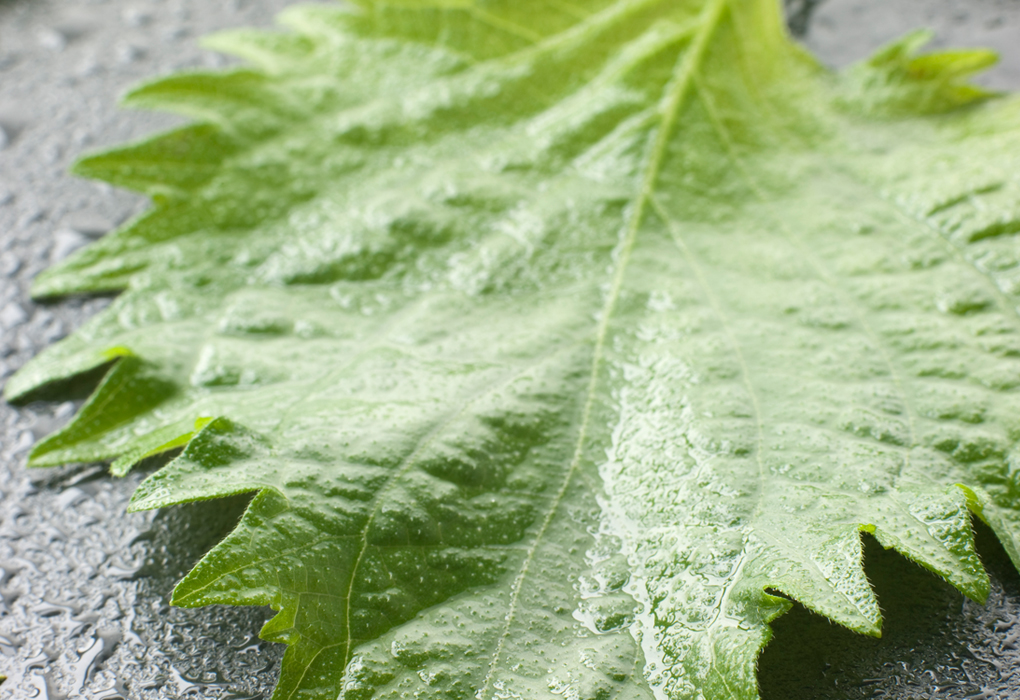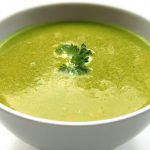Korean Perilla Leaf (Ggaennip) Kimchi is indeed good but somewhat hard to describe. You’re absolutely eating leaves which have been experienced with a kimchi adhesive. You consume it together with the stem and then essentially wrap the foliage round the sticky rice in a bowl and then get down it in 1 bite.
We do not eat a Great Deal of leafy vegetables foods, not entirely entire but This foliage has such a superb taste that it is difficult to resist. If you do not like it like a kimchi you might also wrap your Korean BBQ meats such as Bulgogi, Kalbi or even Samgyeopsal from the leaves.
In accordance with Wikipedia — Perilla is the frequent title for a herb of this mint family, Lamiaceae. Though known to a number of civilizations by different titles, the disparate forms are currently categorized under the only species Perilla frutescens.
Cans of pickled ggaennip Is Found in Korean grocery shops all Across the Earth, with a few ground red pepper involving each 2 leaves at the tin. The leaves’ essential oils supply their powerful taste. Brand new leaves have an odor reminiscent of mint and apples, and are consumed in salad dishes along with with roasted meat. The taste differs from Western perilla, along with the foliage look differs, also — bigger, rounder, flatter, using a serrated edge, and frequently a purple coloring on the opposite side.
Ingredients to Create Korean Perilla Leaf (Ggaennip) Kimchi
80 Perilla leaves (typically found in Oriental specialty shops )
1/2 cup red pepper powder
1/4 cup soy sauce
1/3 cup green onions (approximately 1 teaspoon, Chopped )
1/4 cup noodle
2 tablespoon honey or sugar
3 cloves garlic, minced finely
1/2 tsp finely grated ginger
1 medium yellow onion, chopped finely
Gently clean and wash the perilla leaves and then pile them together with All the Stalks facing upward. Then you’ll have to divide these into piles of ten. You may store them within their container in heaps of ten, changing directions, together with all the stalks at the very top.
Doing so stacking process makes it simpler when regaining it to consume afterwards. I suggest having a two gallon or storage container to get this particular recipe.
The leaves Will Have to remain flat since they wilt Whenever the soy Sauce and vinegar contact them. Should you toss them in the container without piling then you’re basically going to need to dig them out when ready to eat afterwards which makes for you cluttered and ugly demonstration.
In a large bowl blend the red pepper powder, soy sauce, green onions, carrots, Sugar (or honey), minced ginger and garlic until well blended. This will turn into your own Korean Perilla Leaf (Ggaennip) Kimchi sauce which will taste the whole batch.
Take one pile of leaves (need to comprise ten leaves in every pile ) and Disperse some kimchi sauce onto a single side. Use disposable lunch woman gloves to prevent touching the hot kimchi sauce if you would like. After dispersing the kimchi sauce onto a single side of the initial foliage, turn it gently and then spread a thin coating of kimchi sauce on the opposing side.
Put another leaf in addition to spread kimchi sauce onto the other side only. It will look like it is barely enough kimchi sauce to pay and taste the leaves but it’s going to be more than sufficient since the vegetables and leaves will provide off liquid after wilted.
As Soon as You pile your ten leaves, then pick up the next pile of ten, and then begin the Procedure again, except ensure that you confront the stalks in a different direction. The majority of individuals will eat involving 5-10 leaves a meal in order that you would like to be certain that you pile these based on how many you’ll eat.
As Soon as You have coated and piled All the leaves together with kimchi sauce cover And store in the fridge for a week prior to eating. It requires a while for the leaves to ferment and to allow the tastes to place in and flavor just perfect.
Remember that fermentation takes some time and It’ll take a Little More time After the kimchi sits at the refrigerator. I don’t advise leaving this kimchi outside in room temperature to ferment because the leaves might easily form mold which would not be great!
Fermentation of veggies has many health advantages and are particularly Great for our intestine. See what specialists, trained physicians and nutritionists Need to say about it here inside this informative article Why Your Gut Flora Powerfully Dictates Whether You Are Healthy or Located on Mercola.com.
Read up about the advantages of eating fermented Foods using this post Fermented Food: Advantages of Lactic Acid Fermentation located about the Nourished Kitchen Website .



